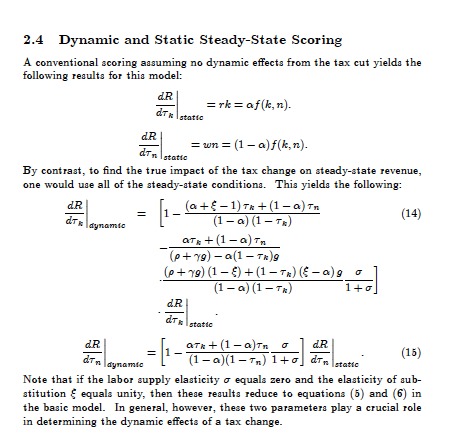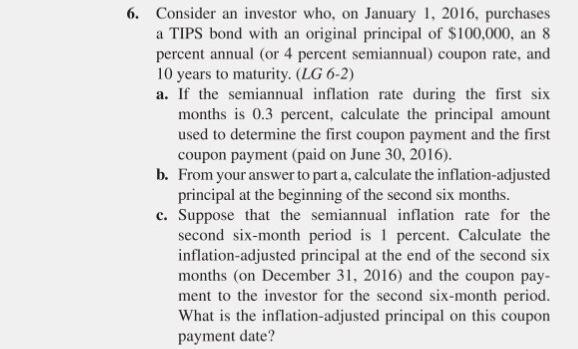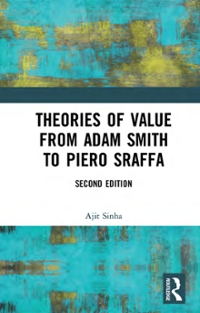Question
Solve. the following attachments. Joyce's utility function is as follows: U= 10XY2 Where, X, is the quantity of good X consumed, Y, is the quantity
Solve. the following attachments.
Joyce's utility function is as follows:
U= 10XY2
Where, X, is the quantity of good X consumed, Y, is the quantity of good Y consumed and, U, is Joyce's utility function.
If Joyce spends all of his income, B, on goods X and Y what is the general form of his budget constraint? (Hint: the budget constraint should be specified such that budget is the sum of the expenditures on good X and Y.) Also note that you should use notation such that, PX, is the unit price of good X, and PY, is the unit price of good Y. Please show all of your work to receive full credit (5 points)
What are Joyce's marginal utilities given the information on his total utility curve presented above. That is, derive MUX and MUY Please show all of your work to receive full credit.(10 points)
What is Joyce's marginal rate of substitution? Please show all of your work to receive full credit.(5 points)
Now suppose that Joyce's income is $500, and that the price of good X is 1 and the price of good Y is 2 what is the optimal amount of good X and good Y that he should purchase? Use the information from above to help answer this question.Please show all of your work to receive full credit. ( 10 points)
Suppose the price of good X has increased to 2 and Joyce's income and the price of good Y has remained the same. Now, what is the optimal amount of good X and good Y that he should purchase? Please show all of your work to receive full credit. (10 points)
Plot Joyce's demand curve for good X using your answers from questions 1D and 1E. (5 points).
Given the results you found for questions 1D and 1E, are goods Y and X complements, substitutes or neither? Please explain (5 points).
Section II: Another application of consumer utility - (25 points)
Suppose that John Gray spends his entire income on food and clothing. The total utility that he derives from each good (shown below) is independent of the amount consumed of the other good. The price of food is $100 and the price of clothing is $500.
Table 2.2
John Gray's
Number of unitstotal utility
of goods consumedFood (lbs)Clothing (yds)
000
12050
23895
354135
467170
577200
683225
787245
889260
990270
1090275
a.) If John Gray has an income of $1,000 per month, how many units of each should he purchase to maximize his total utility? Please show all of your work to receive full credit.(5 points)
b.) What happens to his total utility if he substitutes a unit of clothing for an additional five units of food? Please show all of your work to receive full credit.(5 points)
c.) What is the new total utility maximizing market basket for John's new utility maximizing market basket, given his new income level of $2,000. Please show all of your work to receive full credit.(5 points)
d.) If the price of food rises to $250 per unit, what is John's new utility maximizing market basket, given his new income level of $2,000. Please show all of your work to receive full credit.(5 points)
e.) Using the information provided from this exercise determine whether food and clothing are complementary goods, substitute goods or neither for John. Please show all of your work to receive full credit.(5 points)


Step by Step Solution
There are 3 Steps involved in it
Step: 1

Get Instant Access to Expert-Tailored Solutions
See step-by-step solutions with expert insights and AI powered tools for academic success
Step: 2

Step: 3

Ace Your Homework with AI
Get the answers you need in no time with our AI-driven, step-by-step assistance
Get Started


